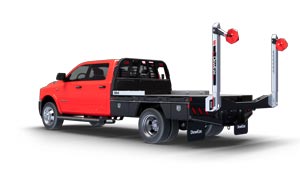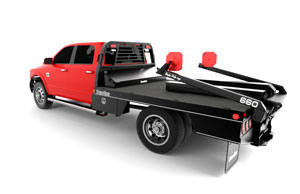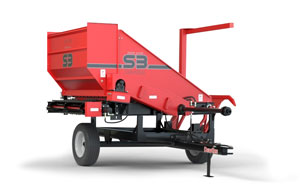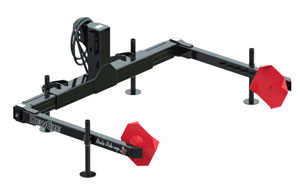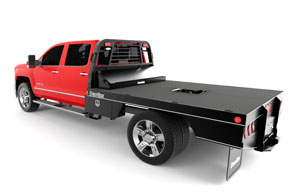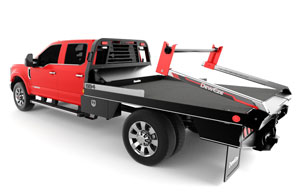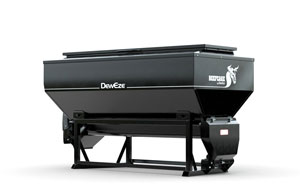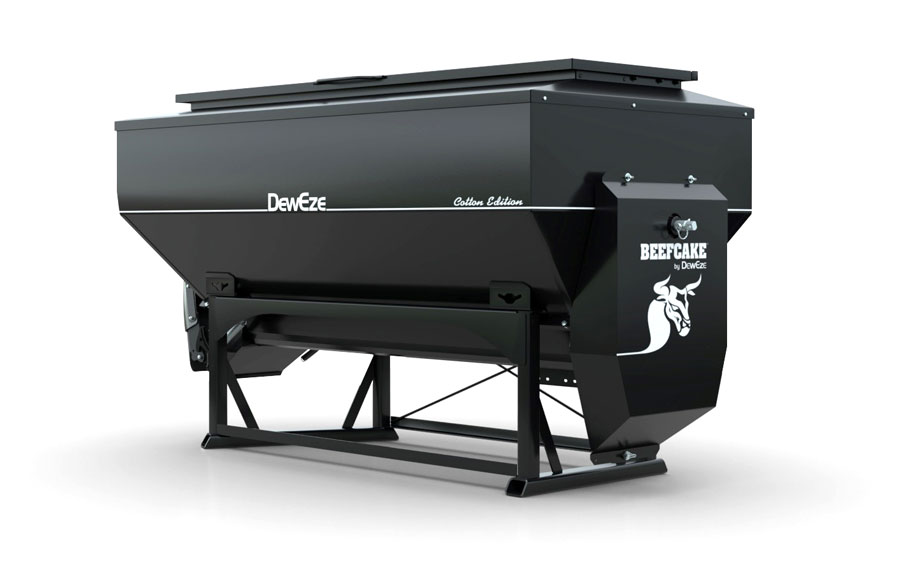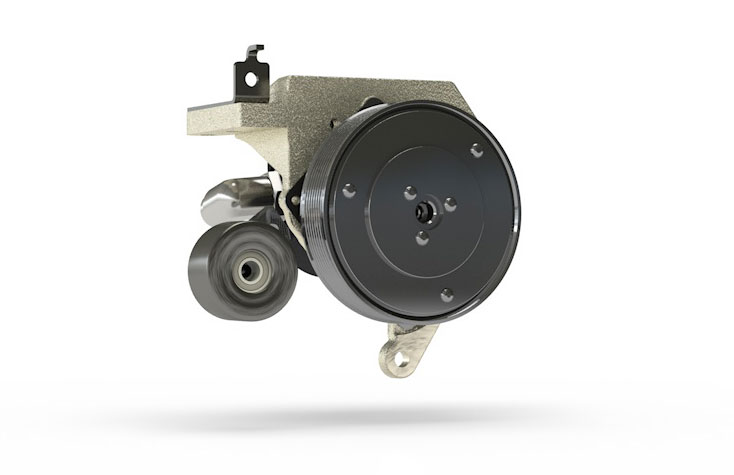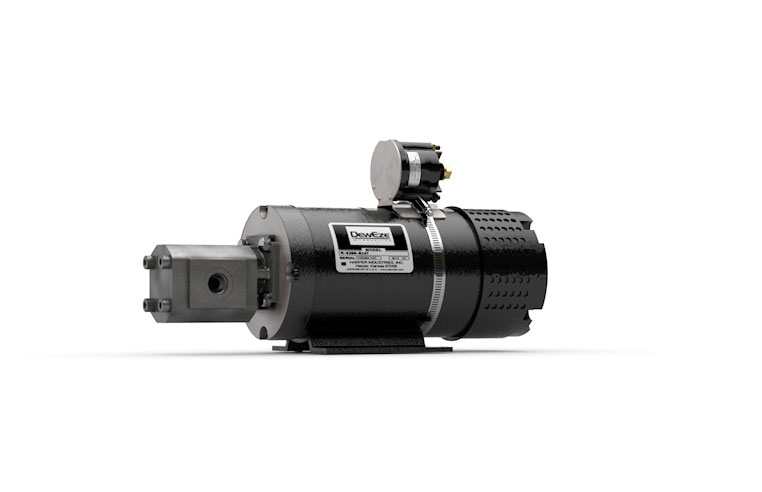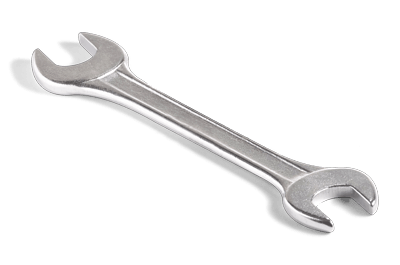This final week in October saw the first significant snowfall here in the Heartland, kicking off the start to what could be a long feeding season. Despite our extended grazing season efforts, the reality is most cow-calf producers end up feeding some hay during the year.
Keeping feed intake consistent is a challenge during extreme weather events. It may seem more convenient and simpler to set a bale out or place into a ring, rather than bothering with unrolling hay. But inequalities in feed intake can lead to poorer conversions, and if you waste hay, you lose more money.
Even though there are some convenient factors related to feeding with bale rings, they can present their own set of challenges. Soil compaction, increased competition, over feeding and potential exposure to injuries quickly come to mind. By feeding with a single bale ring, only about 10 cows are fighting for their spot around each feeder. This forces younger or more timid cows away. Unless extra bales are set out to accommodate, they will have to wait their turn to eat.
An additional hazard of this pecking order struggle is the unfortunate opportunity for injury. When the weather is inclement, calves have the tendency to lay up against these round bale feeders.
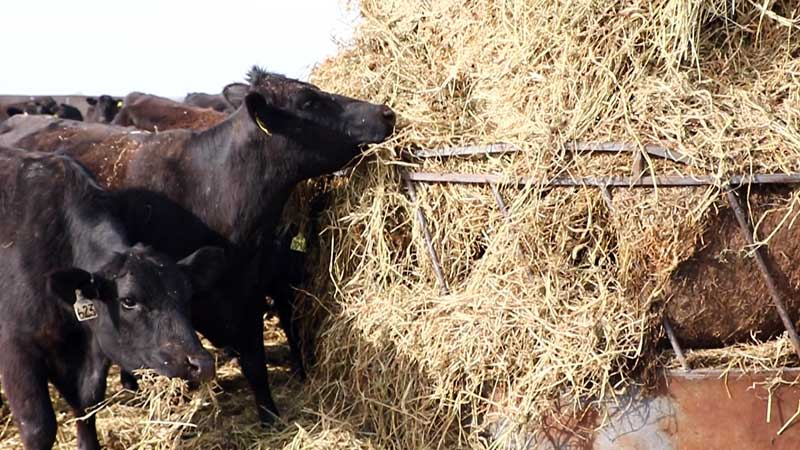 Most hay rings allow for approximately 10 head to eat at a time, limiting available space around the feeder
Most hay rings allow for approximately 10 head to eat at a time, limiting available space around the feeder
As cows jostle for position they may not notice a baby calf at their feet. Often time this results in a broken leg or tail and sometimes even worse. Hay rings also must be moved around the pasture to minimize compaction, erosion and wasted hay pile effects. Moving these rings can be cumbersome and heavy. The winter-feeding season offers few daylight hours anyway, so frequently moving feeders prolongs an already shortened day.
Bale beds not only offer the benefit of being able to haul more than one bale between fields, but also unrolling large rounds for feeding and bedding. When you unroll hay across the pasture, cattle are given an equal opportunity to line up to feed. Moving feeding sites while unrolling will distribute manure and animal impact more uniformly over the pasture, improving regrowth in the spring. Finally, unrolling allows producers to disperse only what is needed for one feeding – per number of head, not number of hay rings.
While sometimes challenging, winter feeding chores are just a part of life for the American rancher. But adopting these good winter management practices will help maintain cattle health and pasture performance year-round.
